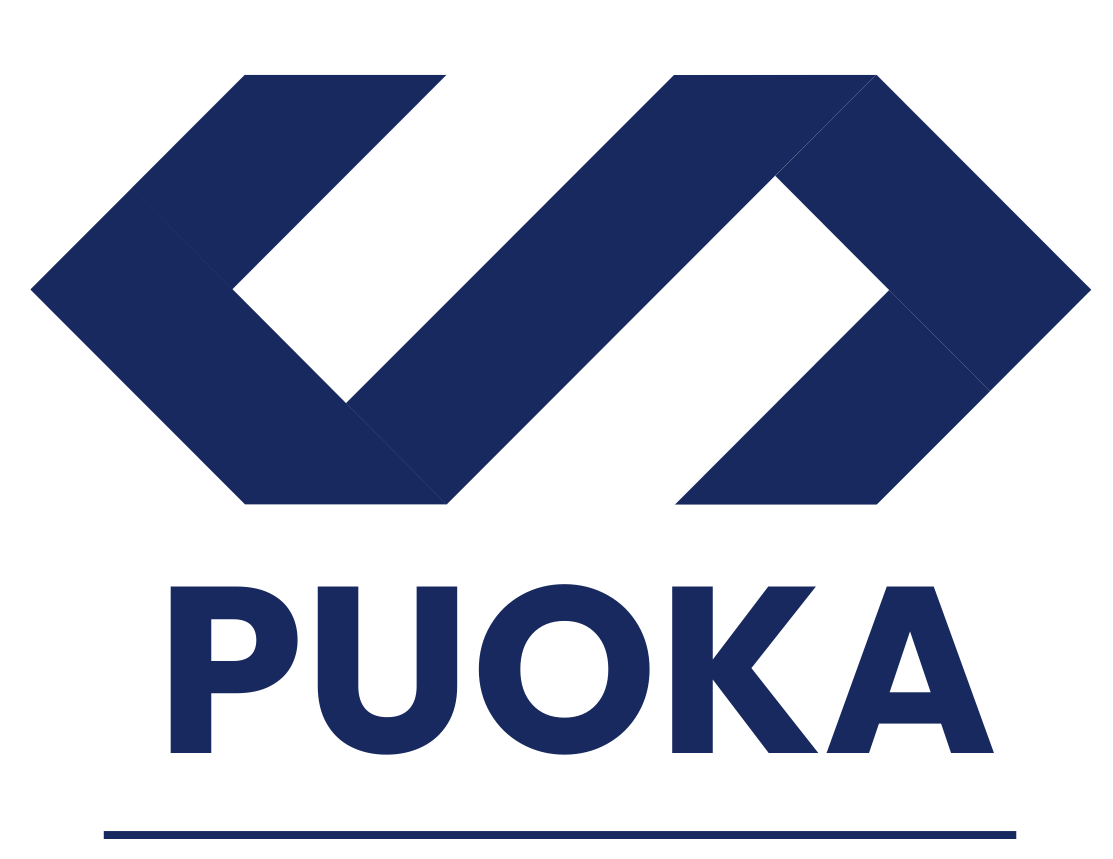TLDR:
- Meta’s Llama is an open generative AI model family with 8B, 70B, and 405B versions
- Llama 3.1 models have 128,000-token context windows and can perform various text-based tasks
- Meta offers tools like Llama Guard and Prompt Guard to make Llama safer to use
- Llama is available on major cloud platforms and powers Meta’s AI chatbots
- There are concerns about potential copyright issues with Llama’s training data
Meta, the tech giant formerly known as Facebook, has made significant strides in the field of artificial intelligence with its latest iteration of the Llama model family. Llama 3.1, released in July 2024, represents a major advancement in open-source AI, offering developers and businesses a powerful tool for a wide range of applications.
Llama 3.1 comes in three sizes: 8B, 70B, and 405B, referring to the number of parameters in each model. The 8B and 70B versions are designed for more compact applications, capable of running on devices ranging from laptops to servers. The 405B model, however, is a large-scale version that typically requires data center hardware for optimal performance.
One of the standout features of all Llama 3.1 models is their impressive context window of 128,000 tokens, equivalent to approximately 100,000 words or 300 pages of text. This extensive context allows the models to maintain coherence and relevance over longer stretches of input, potentially reducing errors and improving overall output quality.
The capabilities of Llama 3.1 span a wide range of text-based tasks. These include coding, answering basic math questions, and summarizing documents in eight different languages. The model can analyze various file types, including PDFs and spreadsheets. While Llama 3.1 does not currently process or generate images, it can be configured to leverage third-party apps, tools, and APIs to complete tasks.
Meta has made Llama 3.1 available across major cloud platforms, partnering with over 25 providers including AWS, Google Cloud, and Microsoft Azure. This widespread availability aims to give developers choice and flexibility in how they implement and use the model.
To address safety concerns, Meta has introduced several tools alongside Llama 3.1. Llama Guard serves as a moderation framework to detect potentially problematic content, while Prompt Guard aims to protect against prompt injection attacks. Additionally, CyberSecEval provides a suite for cybersecurity risk assessment.
The open nature of Llama 3.1 sets it apart from other major AI models like OpenAI’s GPT-4 and Google’s Gemini, which are only accessible via APIs. However, this openness also comes with certain restrictions. App developers with more than 700 million monthly users must request a special license from Meta to use Llama 3.1.
Despite its advancements, Llama 3.1 is not without potential issues. There are ongoing concerns about the use of copyrighted material in the training data, which could lead to legal complications for users. Meta has faced scrutiny and legal challenges regarding its AI training practices, including a lawsuit involving several authors over alleged unauthorized use of copyrighted data.
The release of Llama 3.1 coincides with broader advancements in the field of large language models. Other companies, such as Microsoft with its Orca 2 model, are also pushing the boundaries of AI capabilities. These developments are driving the need for more specialized applications of AI models.
To meet this demand, fine-tuning has become an essential process. Amazon’s AWS, for example, now offers tools through Amazon SageMaker JumpStart to help developers fine-tune Llama 3 models for domain-specific tasks. This process can significantly enhance the model’s performance in targeted applications.








